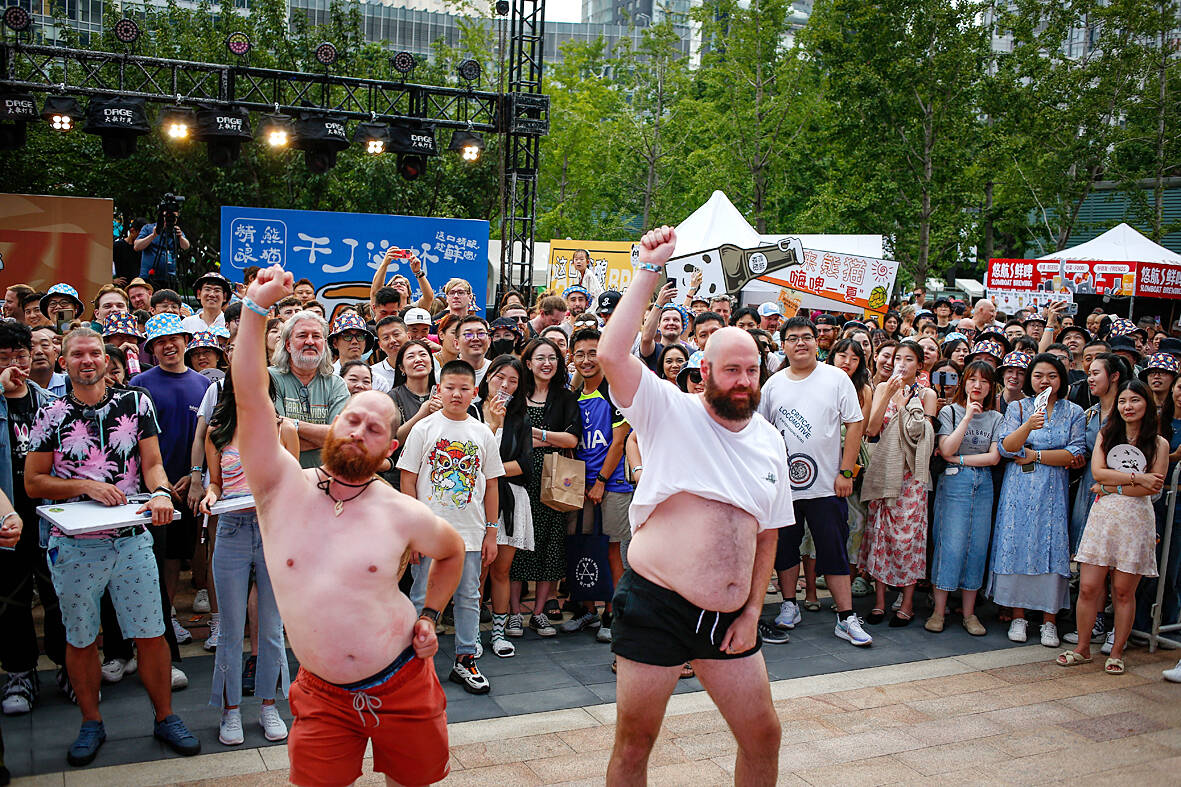The concept of wellness is a relatively undermined one by now, if not entirely disgraced — thanks to sterling work from the likes of Gwyneth Paltrow and Goop — regarded by many of us with a healthy (not in the Goop meaning of the word) skepticism. If we would like to be well, we would also like not to be taken for suckers, and new entrants into the field must find an approach that, simultaneously, exploits what remains of audience credulity without triggering our kneejerk distrust. Or, to put it in terms framed so ably by Mr Banks in Mary Poppins, wellness these days has to avoid transmitting the vibe that it is still rooted in “slipshod, sugary female thinking.”
Welcome, then, to the world of rugged wellness podcasts and newsletters, fronted by bearded men with large shoulders and Orson Welles scowls, or bearded men with large shoulders and frank open faces, or just bearded men. The prevalence of facial hair in this space is striking and also, I suspect, linked to a desire among providers to indicate maleness straight out the gate. No aromatherapy candles or vaginal eggs here! Just men, offering muscular insights backed by science — science, not vibes! — and a range of behavioral and therapeutic suggestions that have absolutely nothing in common with weedy self-help but, did I mention it, are rooted in science?
Specifically: “neuroscience,” which has for a while now had a magic bullet effect on those parts of the publishing spectrum previously dismissed as insubstantial and dippy. A chief practitioner in this world, and host of the phenomenally successful podcast the Huberman Lab, is Andrew Huberman, a neuroscientist and tenured professor at Stanford, whose tips and techniques are, according to his Web site, designed to “optimize performance in high stress environments, enhance neural plasticity, mitigate stress, and optimize sleep.”

Photo: EPA-EFE
Huberman, who is bearded and has very large shoulders, or, as GQ described him earlier this year, is “extremely jacked,” offers a program for self improvement that has more than 3 million subscribers on YouTube. His podcast episodes can run to several hours at a time, like state broadcasts by Fidel Castro. And he partners with Momentous (tag line: “Live Momentous” — it’s a feature of these products that, wherever else their disruptions fall short, they absolutely nail the disruption of basic grammar) to offer a line of nutritional supplements.
To give an example: for US$185, you can avail yourself, Goop-style, of the Huberman Lab sleep bundle — a magnesium supplement, among other things — which has selected the “best ingredients backed by science,” to help you sleep better. Or, for US$145, how about the Huberman Lab Focus and Cognition Bundle (which, like fish oil, contains omega-3), to “optimize mental performance?”
These are not, let’s be clear, mostly repackaged vitamins you could buy for a fraction of the cost at the chemist, but lifestyle enhancers that come from an actual Lab run by a real life neuroscientist, hellbent on optimizing your experience as a human. (By the way, ladies, you can get in on this too via a set of protocols put out by Momentous under the brilliant tagline “Human Performance for Women.”)
So successful has the branding around Huberman and his ideas been that, along with the 4 million Instagram followers, it has spawned the TikTok meme “Huberman husband,” in which women catalogue the various Huberman-based obsessions of the men in their lives. These largely revolve around the application of Huberman techniques for various things — breathing, eating, sleeping — the word “technique” being very important in this space; attach it to anything at all and it promises to instantly repackage the bleeding obvious into a set of life-changing principles and hacks.
There is nothing wrong with any of this for those with disposable income who want to equate going on a diet with a doctorate in brain science. What’s interesting, from a marketing perspective, is just how rooted in bro-y energy products aimed at men have become — even products ostensibly oppositional to the Huberman approach. For example, the largely sensible advice of Mark Manson, packaged in his huge bestseller The Subtle Art of Not Giving a F*ck, advocates optimizing yourself by trying less hard — but with impeccable bro-y instincts opens with an admiring story about the writer Charles Bukowski. (Pro tip: any man who makes you listen to his story about Charles Bukowski is one on whom you can confidently swipe left.)
You may find that a net result of considering all this is, perversely, a sudden rush of affection for the straightforwardly obvious baloney of good old Gwyneth and Goop.

May 26 to June 1 When the Qing Dynasty first took control over many parts of Taiwan in 1684, it roughly continued the Kingdom of Tungning’s administrative borders (see below), setting up one prefecture and three counties. The actual area of control covered today’s Chiayi, Tainan and Kaohsiung. The administrative center was in Taiwan Prefecture, in today’s Tainan. But as Han settlement expanded and due to rebellions and other international incidents, the administrative units became more complex. By the time Taiwan became a province of the Qing in 1887, there were three prefectures, eleven counties, three subprefectures and one directly-administered prefecture, with

It’s an enormous dome of colorful glass, something between the Sistine Chapel and a Marc Chagall fresco. And yet, it’s just a subway station. Formosa Boulevard is the heart of Kaohsiung’s mass transit system. In metro terms, it’s modest: the only transfer station in a network with just two lines. But it’s a landmark nonetheless: a civic space that serves as much more than a point of transit. On a hot Sunday, the corridors and vast halls are filled with a market selling everything from second-hand clothes to toys and house decorations. It’s just one of the many events the station hosts,

Two moves show Taichung Mayor Lu Shiow-yen (盧秀燕) is gunning for Chinese Nationalist Party (KMT) party chair and the 2028 presidential election. Technically, these are not yet “officially” official, but by the rules of Taiwan politics, she is now on the dance floor. Earlier this month Lu confirmed in an interview in Japan’s Nikkei that she was considering running for KMT chair. This is not new news, but according to reports from her camp she previously was still considering the case for and against running. By choosing a respected, international news outlet, she declared it to the world. While the outside world

Through art and storytelling, La Benida Hui empowers children to become environmental heroes, using everything from SpongeBob to microorganisms to reimagine their relationship with nature. “I tell the students that they have superpowers. It needs to be emphasized that their choices can make a difference,” says Hui, an environmental artist and education specialist. For her second year as Badou Elementary’s artist in residence, Hui leads creative lessons on environmental protection, where students reflect on their relationship with nature and transform beach waste into artworks. Standing in lush green hills overlooking the ocean with land extending into the intertidal zone, the school in Keelung